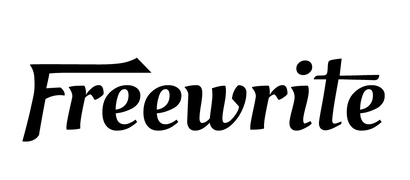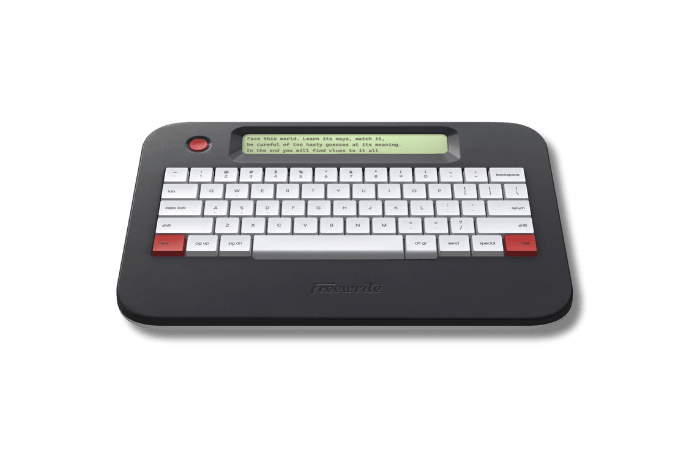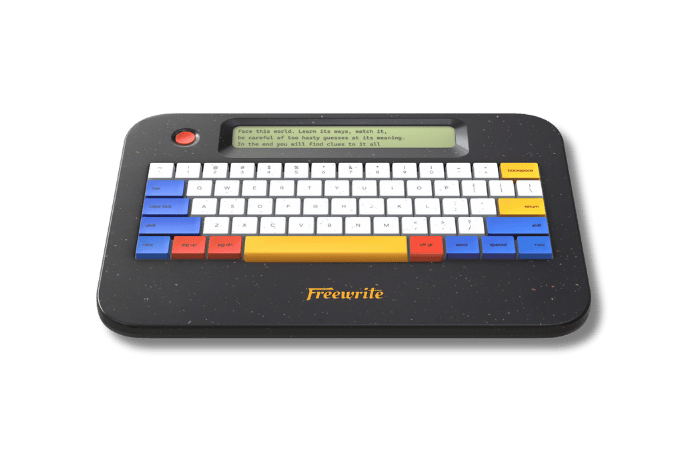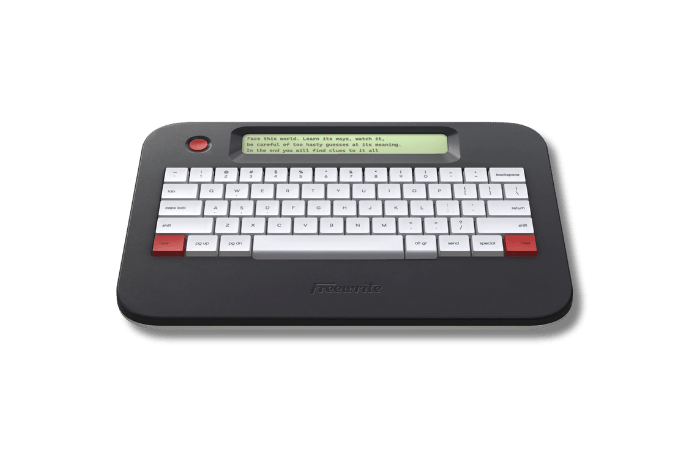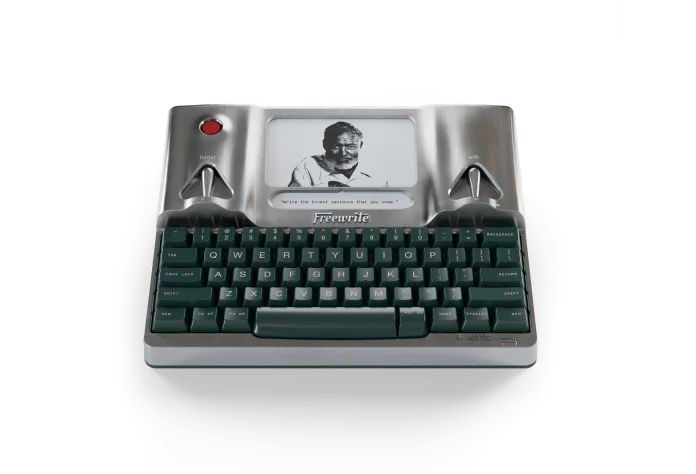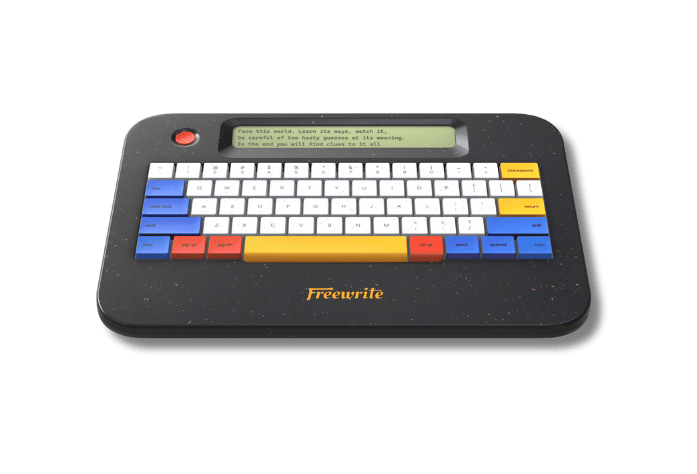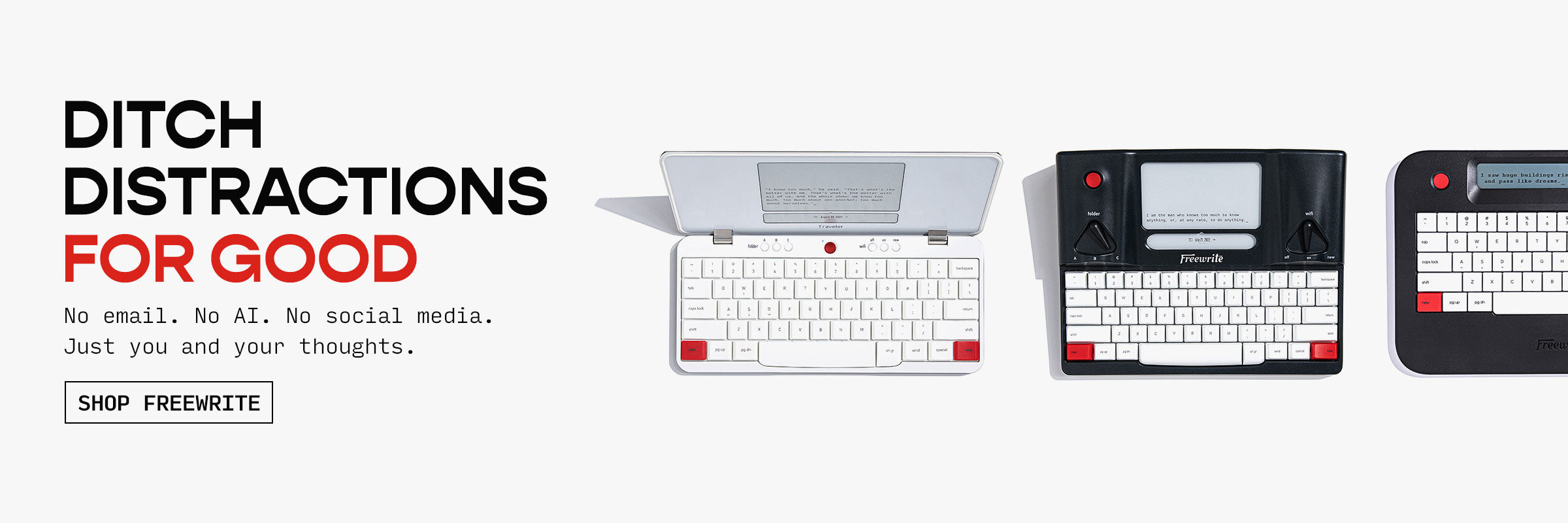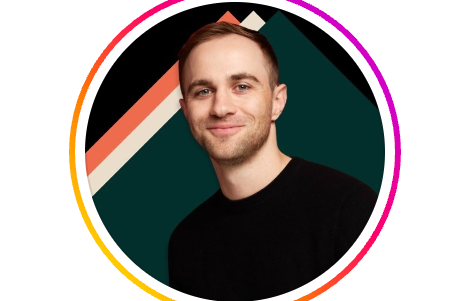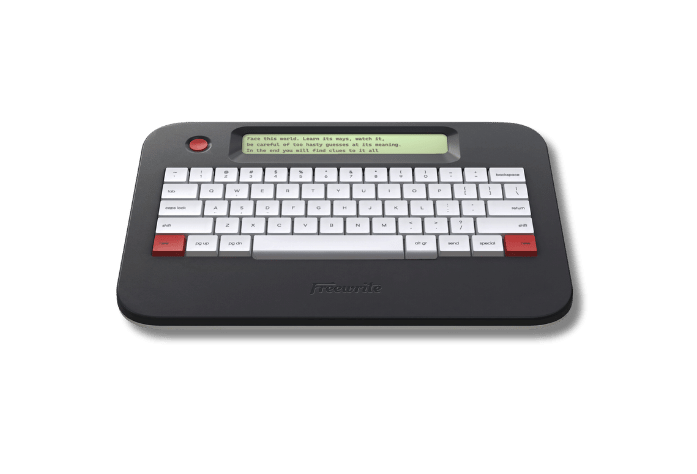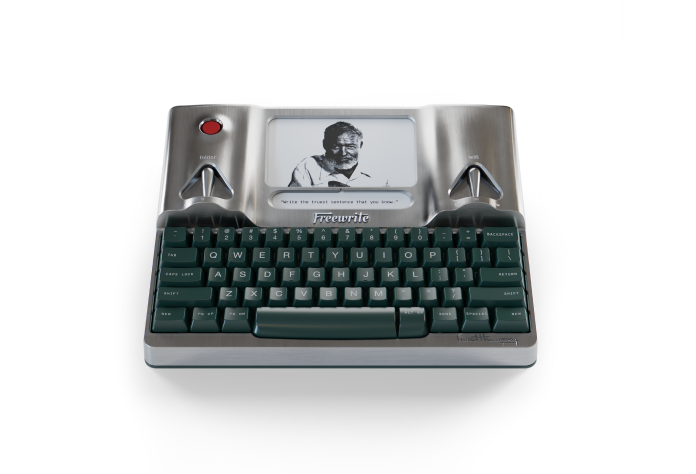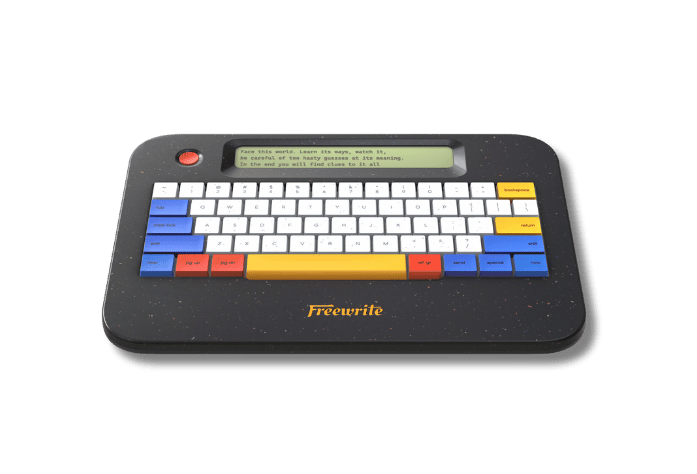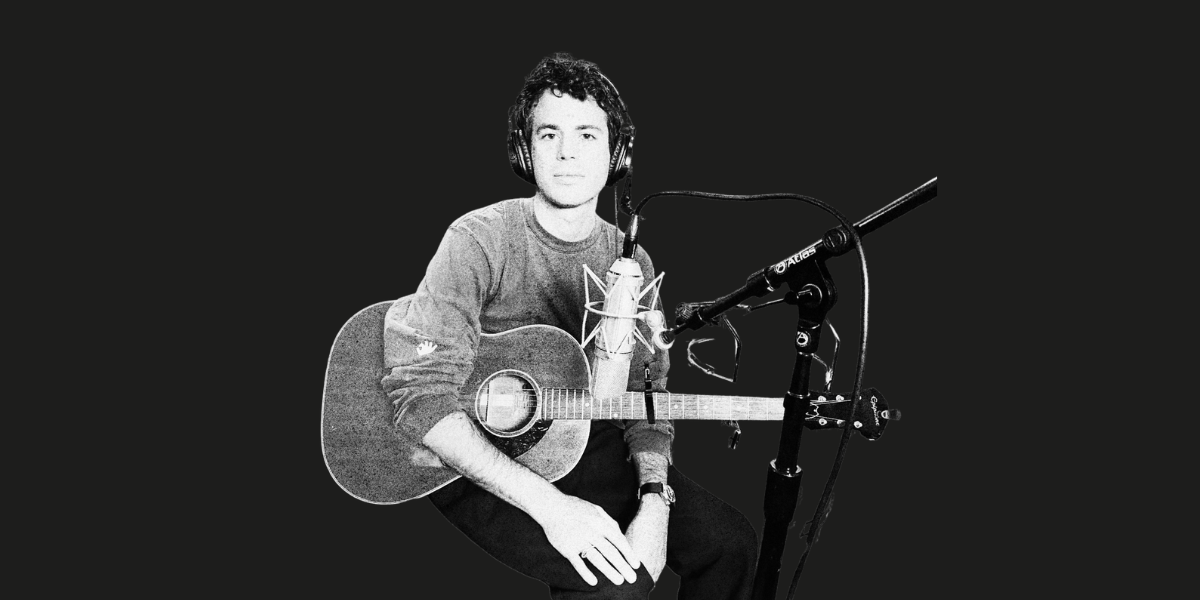El 31 de diciembre de 2021, publiqué mi blog número 465 en 465 días. Escribí y publiqué con éxito un artículo cada día durante un año entero, más cien días adicionales.
Pero no siempre fue así. Solía ser un desertor empedernido.
Todo cambió para mí por casualidad. Unos años antes de esta racha de blogueo, en 2018, publiqué una foto en Instagram con el siguiente texto: "Estoy pensando en bloguear todos los días de noviembre, pase lo que pase, ¿crees que puedo lograrlo?".
No me di cuenta en ese momento, pero esa tonta publicación en Instagram tenía todo lo que necesitaba para superar el bloqueo de un escritor de toda la vida y crear un sistema repetible que me ayuda a ejecutar ideas creativas.

El problema
Siempre fui el ejemplo clásico de un “tipo de ideas”.
Muchas ideas. Poca ejecución. Ninguna consistencia.
Así solía ser: una idea me golpea como un rayo. La inspiración me resuena en los huesos. Decido perseguir mi nuevo sueño cada día. Así que creo durante seis o siete días. Luego, inevitablemente, surgen dificultades. Tengo un día especialmente ajetreado, o finalmente me bloquea el escritor, o un colaborador me cancela. Mi cerebro empieza a creer que me he apuntado a una vida de dificultades sin ningún beneficio.
Así que lo dejé. ¡Es la única conclusión lógica!
¿Qué estaba pasando aquí?
No estaba definiendo claramente mi actividad creativa. Estaba asumiendo compromisos indefinidos. Estaba renegociando conmigo mismo. Y no estaba involucrando a mi comunidad.
El accidente
Cuando compartí mi publicación de Instagram en 2018, no me di cuenta de que, sin querer, tenía todos los elementos que necesitaba para superar mi inconsistencia creativa. Analicemos el título: "Estoy pensando en bloguear todos los días de noviembre, pase lo que pase, ¿crees que puedo lograrlo?"
Definiciones claras
La primera parte, «Estoy pensando en bloguear», era una definición esencial del acto creativo. Fíjense que no dije «Estoy pensando en convertirme en escritor». Eso habría sido demasiado general, demasiado atrevido para creerlo. Pero ya había escrito blogs antes. Eran fáciles. Se podían lograr.
“Los planes definitivos y específicos tienden a cumplirse mientras que las afirmaciones vagas se desvanecen en el aire”, escribe el autor Donald Miller en su libro "Héroe en una misión". “¿Por qué? Porque las nociones vagas y elusivas no nos ayudan a encontrar fuerza narrativa”.
Cuando creamos pequeños compromisos diarios, nuestra capacidad de comenzar y mantener el impulso aumenta.
Fechas de finalización definidas
La segunda parte, "cada día de noviembre", tenía una fecha límite para mi racha creativa. En lugar de comprometerme para siempre con un estilo de vida creativo del que no sabía prácticamente nada, fijé una fecha límite. Aunque las cosas se pusieran difíciles, sabía que no tendría que soportar el dolor sin ningún beneficio para siempre.
Kristen Berman, del Common Cents Lab, observó un aumento del 24 % en las solicitudes de empleo al establecer una fecha límite. Otros, en el Journal of Marketing Research, descubrieron que el 10 % de las personas canjearon un certificado de regalo de panadería válido por dos meses; mientras tanto, ¡el 30 % canjeó el mismo certificado de regalo que solo era válido por dos semanas!
¿Cómo tiene sentido esto? ¿Cómo logran las personas más cuando tienen menos tiempo? Cuando tenemos mucho tiempo, procrastinamos. Los plazos cortos y las fechas límite estrictas aumentan la velocidad con la que abordamos los proyectos, así como nuestra motivación para superar obstáculos.
Compromisos no negociables
La tercera parte, "pase lo que pase", era un compromiso innegociable con el acto creativo. No importaba si estaba ocupado ese día. No importaba si no tenía inspiración, si surgía algo, o si el blog no era bueno. Tenía que publicar de todas formas.
“Aunque no me sienta inspirado, necesito seguir adelante”, dijo Paulo Coelho, autor de El Alquimista, en una entrevista. “Le digo: 'Libro, estás luchando conmigo. De acuerdo. Me quedaré aquí sentado y no te dejaré solo hasta que encuentre la salida de esta encrucijada'”.
Angela Duckworth, autora del libro "Grit", descubrió los puntos en común entre los graduados de la extenuante academia militar West Point. No era el coeficiente intelectual. No era el tamaño físico ni la fuerza. No era la educación previa. Era la determinación. Los graduados se identificaban más a menudo con la afirmación "Termino todo lo que empiezo".
Al no permitirnos eludir nuestros compromisos a corto plazo y superar las situaciones difíciles, podemos encadenar actos creativos significativos.
Compromisos públicos
Finalmente, la última parte: "¿Creen que puedo lograrlo?". Le pregunté a mi comunidad qué pensaban. Presenté mi compromiso al público. Aposté parte de mi reputación por ello. Ya no era un genio desconocido ni un artista secreto. ¡Le hice una promesa a la gente!
"Siempre llego a tiempo y siempre llego a todos lados, ¿por qué no hago lo mismo por mí?", dijo el comediante de Netflix Mike Birbiglia en una entrevista. "Así que dejé una nota escrita a mano junto a mi cama que decía: '¡Mike! Tienes una reunión en el Café Pedlar... a las 7 de la mañana con tu mente'".
Las personas funcionales encuentran la manera de ir a trabajar, recoger a sus hijos y llegar a sus citas, incluso cuando no tienen ganas. Pero a muchos nos cuesta cumplir con estos mismos compromisos. Al hacer público un compromiso privado, aumentamos la fricción del fracaso y, con él, nuestras posibilidades de éxito.
"Siempre llego a tiempo y siempre llego a todos lados, así que ¿por qué no hago lo mismo?", dijo el comediante de Netflix Mike Birbiglia en una entrevista. "Así que dejé una nota escrita a mano junto a mi cama que decía: '¡Mike! Tienes una reunión en el Café Pedlar... a las 7 de la mañana con tu mente'".
El proceso
Si quieres iniciar tu propia racha creativa, sigue este proceso:
- Define un pequeño acto creativo que puedas realizar todos los días; lo ideal es que sólo te lleve entre 30 y 45 minutos.
- Comprométete con una racha a corto plazo con una fecha de finalización: ¡7, 15 o 21 días es genial!
- Hagas lo que hagas, no dejes pasar ni un solo día de la racha. Los días en que creas de todas formas, incluso sin inspiración, son los momentos en que te demuestras a ti mismo que puedes superar el bloqueo del escritor.
- Cuéntale a tu familia, amigos y público tu compromiso con la racha. ¡Comparte tu trabajo!
- Detente a reflexionar cuando termine tu racha. Piensa en lo que te gustó, lo que aprendiste y cómo puedes repetirlo, solo que por más tiempo.
Con cada racha de creación exitosa, ganarás confianza. Superarás mejor el bloqueo creativo. Harás un buen trabajo.
Pero lo más importante es que pasarás de ser un aspirante a creativo a uno real.
--
Fuentes
- https://pubsonline.informs.org/doi/epdf/10.1287/mksc.2019.1177
- https://www.scientificamerican.com/article/the-secret-to-logring-big-goals-lies-in-breaking-them-into-flexible-bite-size-chunks/
- https://www.scientificamerican.com/blog/mind-guest-blog/the-deadline-made-me-do-it/
- https://advanced-hindsight.com/commoncents-lab/
- https://journals.sagepub.com/doi/abs/10.1509/jmkr.47.5.933?journalCode=mrja
- Entrevista a Paulo Coelho y a Mike Birbiglia | Título: Herramientas de titanes: Las tácticas, rutinas y hábitos de multimillonarios, íconos y artistas de talla mundial ; Editorial: Houghton Mifflin Harcourt; Año de publicación: 2016; Autor: Timothy Ferriss
- Donald Miller | Título: Héroe con una misión: Un camino hacia una vida plena ; Editorial: HarperCollins Leadership; Año de publicación: 2022; Autor: Donald Miller
- Angela Duckworth | Título: Coraje: El poder de la pasión y la perseverancia ; Editorial: Scribner; Año de publicación: 2016; Autora: Angela Duckworth
